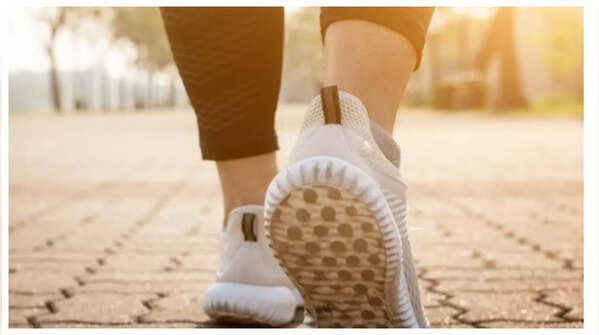
1/8
Can walking build Muscles? This is the right way to walk
A lot has been said on the benefits of walking. While some experts say that walking is more of an activity rather than an exercise, others believe that walking in fact, can help you build muscles as well, provided you do it the right way. Walking is usually considered to be a cardiovascular exercise, (only brisk walking) which means it helps your heart and lungs stay healthy. However, walking also uses many muscles in your legs, hips, and even your core. When you walk regularly, these muscles get stronger and more toned over time.
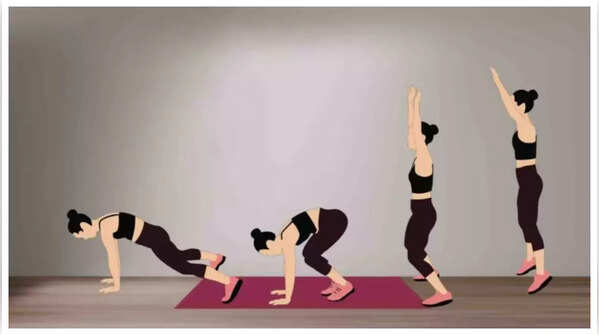
2/8
How to walk the right way to build muscles
To get the most muscle benefits from walking, it’s important to walk correctly and with purpose. Here are some tips on the right way to walk...

3/8
Make it brisk
Walking at a slow pace is good for general movement, but to build muscles, you need to increase your speed. Brisk walking means walking fast enough to raise your heart rate and make your muscles work harder. The rule of thumb is to aim for a pace where you can talk, but not sing comfortably. You can use a watch to measure your heart rate while walking, and it should be 30-40 beats higher than your resting heart rate.
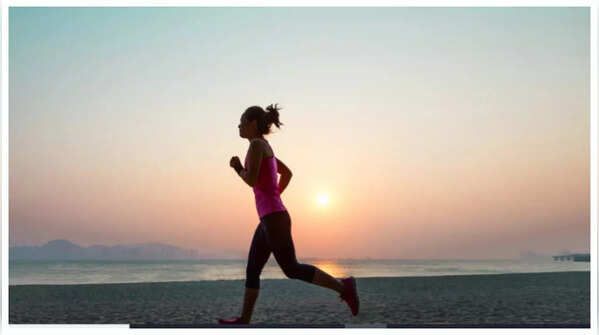
4/8
Pay attention to your posture
A good and robust posture helps engage your core muscles and prevents injuries, such as falling, or slipping. Keep your head up, shoulders relaxed and back, and your stomach slightly pulled in. Look straight ahead when you walk, not down at your feet, else that can result in accidents or injury. Also avoid getting distracted by your phone while you walk, since that can slow you down.
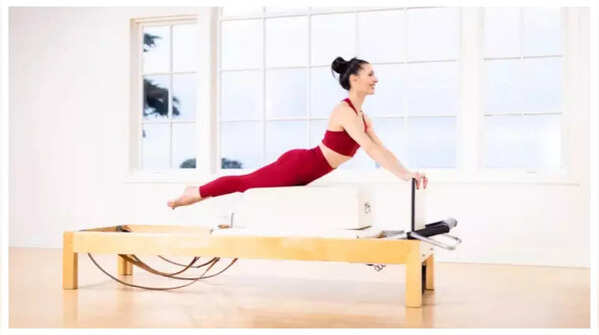
5/8
Swing those arms
Swinging your arms as you walk helps increase your speed and engages your upper body muscles, including your shoulders and arms. Bend your elbows at about 90 degrees and swing your arms naturally with each step. However, avoid any sudden movements since that can result in injury.
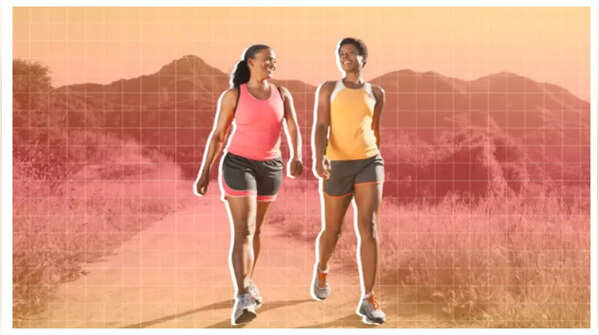
6/8
Add an incline
Walking uphill or on an incline makes your leg muscles work harder, especially your glutes and calves. If you don’t have hills nearby, try using a treadmill with an incline setting. If you find it difficult to do it everyday, do it at least 3 days in a week.
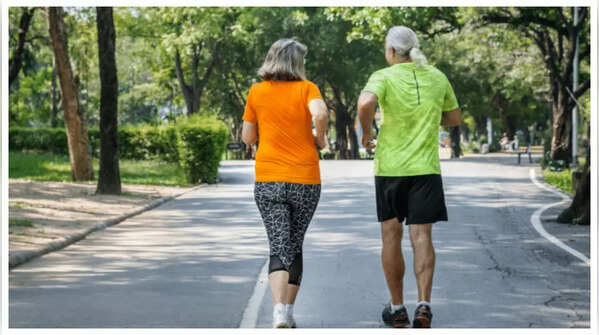
7/8
Add weights
You can wear ankle weights or carry light hand weights to increase resistance and muscle engagement during your walk. However, start with light weights to avoid injury and focus on maintaining good form.
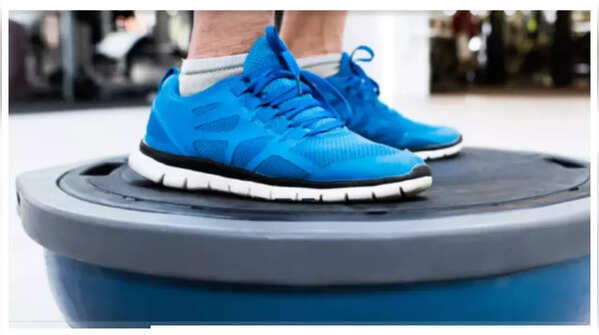
8/8
Take longer steps
Taking longer steps activates your glutes and hamstrings more effectively. However, avoid overstriding, which can cause discomfort. Find a comfortable stride length that challenges your muscles without straining. Also stay consistent with your walking pace, and do not slow down often (except for the last leg of your walk to cool off)
Sources: Mayo Clinic, Arthritis Foundation, Live Science
Follow Us On Social Media

 3 days ago
47
3 days ago
47












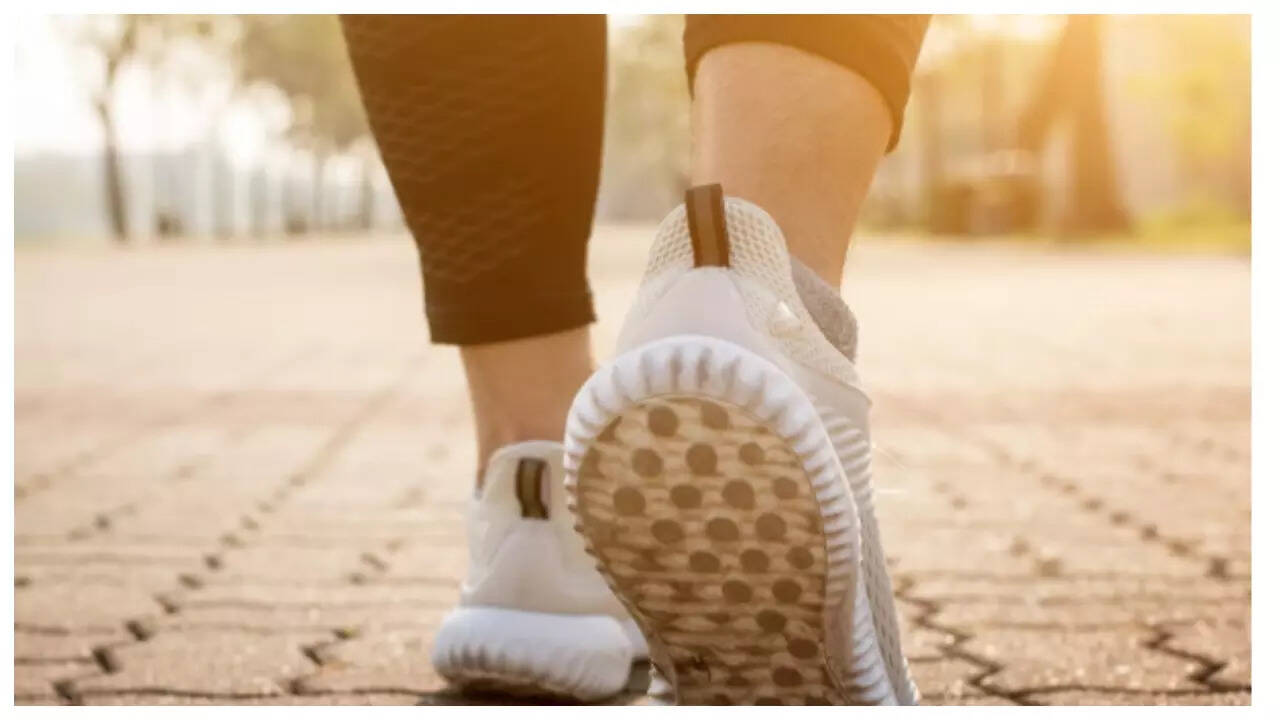















 English (US)
English (US)